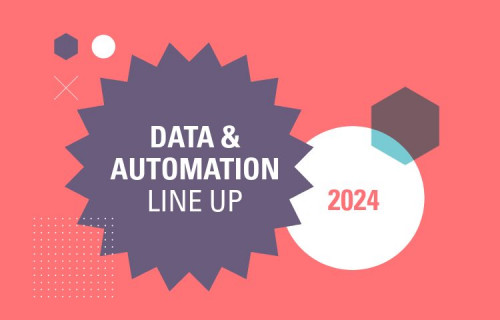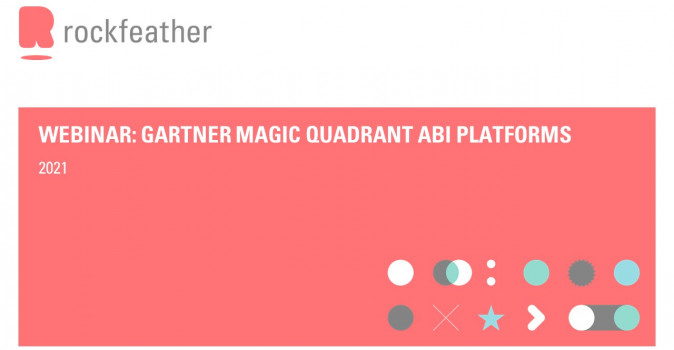
Gartner Magic Quadrant for Analytics and Business Intelligence Platforms 2021
For years, Gartner’s Magic Quadrant for Analytics and Business Intelligence has been the leading report in the world of data visualization. However, many people only look at the 2x2 matrix without going into the details of the report. Although we understand why you would not have the time to go through almost 40 pages of content, you are missing out on some valuable information. Not only does the in-depth report discuss the strengths and weaknesses of the top 20 vendors, it also contains trends and shifts in the market. That is why we will briefly discuss the most important findings of this year’s magic quadrant for analytics and business intelligence platforms in this 30-minute webinar.
Power BI and Tableau, closing the gap?
In the last couple of editions, there were two clear leaders: Power BI and Tableau. Microsoft’s integration with Office 365 and attractive pricing caused a shock in the market for analytics and business intelligence (ABI) platforms when it was first introduced. Microsoft has been investing a lot of time and effort into the integration with other Office applications such as Teams and into making Power BI an even better product. On the other hand, the acquisition of Tableau by tech-giant Salesforce in 2019 sent a strong signal to the market. The intuitiveness of Tableau combined with a large number of organizations using Salesforce opens up a variety of opportunities.
Qlik, what advantages does a broad portfolio bring?
However, an established name in the ABI market, Qlik, was also one of the leaders in the 2020 version of the magic quadrant. They have more than 25 years of experience in the industry with their unique Qlik Associative Engine. Qlik offers a broad number of products in their portfolio, which means it covers a lot of ABI needs. However, this complex portfolio also comes with a lack of product cohesiveness, which meant that Qlik has lost some momentum in recent years.
Looker, is Google betting on the right horse?
A newer players in the market for ABI is Looker. As this platform was acquired by Google in 2020, it has increased market recognition. Moreover, the possibilities of integration Looker into Google Cloud Platform makes it a one to watch. Google has also made efforts to improve the user experience and the integration with Google Sheets and Google BigQuery.
Watch the webinar
Is the gap between Tableau and Power BI versus the rest of the market getting bigger or did other vendors manage to close the gap? And how is the situation between Tableau and Power BI developing? Are they still close to each other or will there be a clearer difference between the two tools? Watch our webinar to learn more about the key findings of the magic quadrant. In 30 minutes, you will know the most important takeaways of this year’s report which will help you understand the market for analytics and business intelligence better.
Watch the webinar here!
Gartner Magic Quadrant for Analytics and Business Intelligence Platforms 2021

10+ Data and Automation Solutions that will transform your business
Use this webpage for information about more than 10 solutions that we think will help your solid ideas take flight. A Data & Automation solution Line Up so to say.

Harnessing Data Power with DBT; Elevating Business Practices
In today’s data-centric business environment, mastering the art of transforming data into actionable insights can dramatically differentiate leaders from followers. Have you ever been in a situation where you doubted the reliability of your data, leading to decision paralysis? Then read this blog!

Webinar: External Tools to Optimize your Power BI Environment
Whether you’re a seasoned Power BI user or a BI manager looking to elevate your team’s capabilities, this session will provide you with the insights and tools necessary to achieve a clean and effective Power BI environment.
